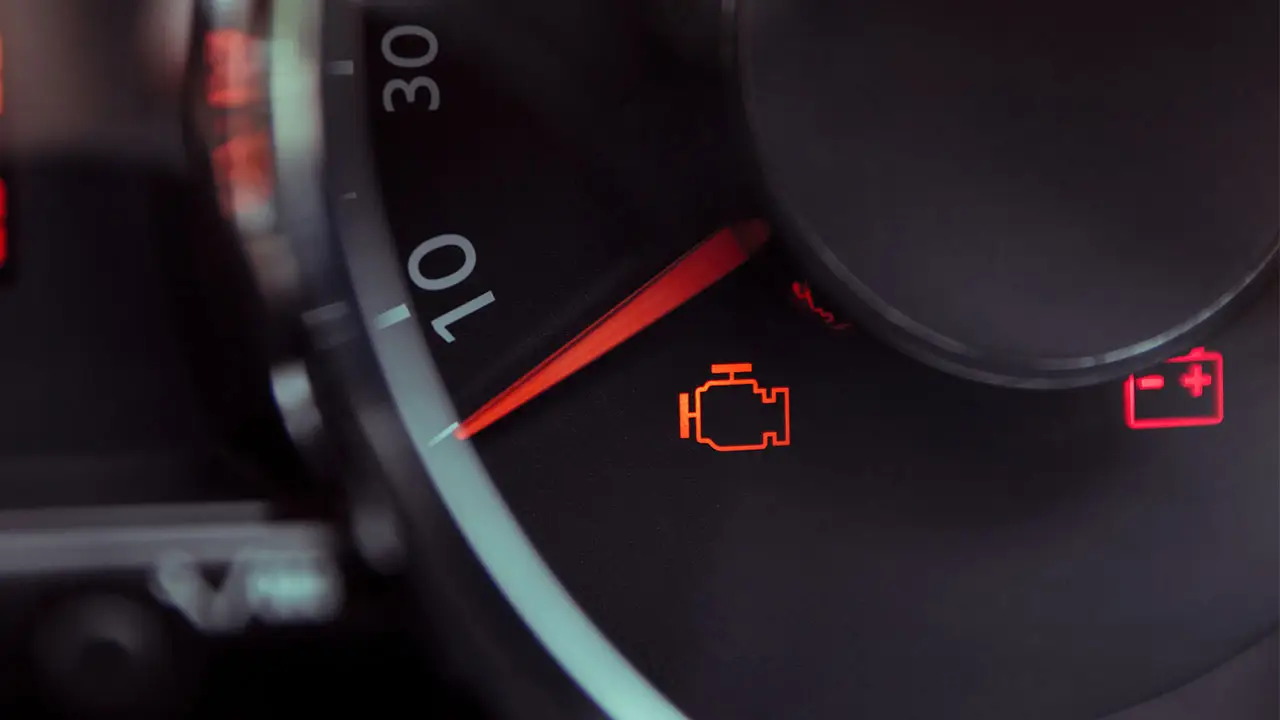
As a car owner, it’s crucial that you understand the basics of how your vehicle functions and its required maintenance. Knowledge can make the difference between feeling anxious when an unfamiliar dashboard light flashes on or being empowered to address problems with components of your vehicle.
Basics
The engine is a complex machine designed to convert heat from burned gasoline into the force that turns your wheels. This chain reaction begins when a spark ignites gas-air mixture within a momentarily sealed cylinder; expanding gases force pistons forward, driving your car. Although professionals might know about crankshafts, camshafts, pistons and transmissions as part of this complex system, all you really need for understanding its inner workings is knowledge of heat and motion; books on engines and driving include The People’s Tycoon by Steven Watts Vintage 2006.
Engine
Your car’s engine transforms gasoline into the force that turns its wheels and moves you along the road, using an internal combustion process to convert chemical energy in gas into mechanical work, known as torque, that turns them.
Your engine works to do this through controlled explosions of small quantities of gas into motion. A piston inside each metal tube, known as cylinders, moves up and down in cycles to spin a crankshaft which powers your car’s drive wheels.
At first, a piston acts like a syringe to draw air in from outside and collect it on its intake stroke, before compressing during compression stroke and pushing downward again during compression stroke. Hot gases produced from compression powering piston back up during combustion stroke which generate mechanical work by turning wheels; finally on exhaust stroke spent gases are expelled through pipes out to atmosphere through mufflers into atmosphere via exhaust pipe system.
Transmission
Car engines produce immense power, but that energy must be channeled effectively towards the drive wheels for effective performance. That is where transmission comes in – it’s a metal case housing gears referred to colloquially as the “gearbox.”
Your vehicle’s transmission converts engine power to mechanical energy that moves your wheels at a given speed. This allows it to function more efficiently by matching engine power with wheel speed – helping reduce fuel consumption in turn.
No matter the type of transmission your vehicle employs, they all function similarly. A shift lever maneuvers clutch plates and allows gears to connect together, controlling how fast or slow your car spins. Regular transmission fluid checks are crucial to maintaining this system and detecting potential issues; this book provides everything you need to know about automotive mechanics and the way your systems function – perfect for both novices and aspiring mechanics alike!
Brakes
One of the most amazing feats of modern car engineering is how a simple foot lever can bring a four-thousand-pound metal machine to a stop. Your brake system converts kinetic energy of motion into thermal energy using friction to slow and stop your automobile.
Your brakes create friction by employing a system that pinches a spinning metal disc (known as “rotor”) between two brake pads, creating frictional force and stopping power. Hydraulic systems multiply this action to increase stopping power; brake pads wear out over time so must be regularly replaced to remain effective.
Some cars use drum brakes instead of rotors, where hydraulic pressure moves pistons within the wheels’ cylinders to grab from within curved shoes with friction linings that slow and stop your wheels, and also prevent tire skidding. Most modern vehicles also include anti-lock braking systems which monitor wheel speed and alternately pump and release the brakes up to fifteen times per second in order to keep your tires from locking up.
Electrical
An automobile’s electrical system consists of various components which work together to supply electricity for power, switches and signals. As with household electric systems, however, car models operate with considerably higher voltage levels (around 12.6 volts).
Electricity flows like blood in our body: from battery to component it’s powering and back again through metal body. This system, called an earth-return system, ensures there’s no danger of electric shock if your car comes into contact with something metallic.
Wiring diagrams or service manuals provide an ideal resource for diagnosing car electrical problems. Wires carrying high-amperage power (like those running the starter motor and headlights) tend to be thicker than wires carrying lower amp signals from sensors like speed sensors. Each circuit features one or more fuses which act as inline circuit breakers by burning themselves out when overloaded.
